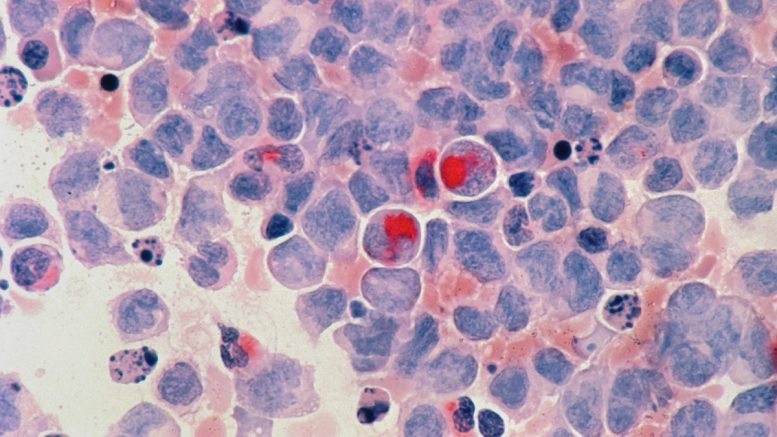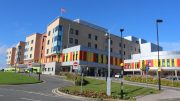Thanks to next generation sequencing technology, cancer researchers have more insight into the incredible genetic diversity of cancers. The advance is set to provide cancer clinicians with further insights to help them individualise patient care.
What is Next Generation Sequencing?
Next generation technology sequences DNA with the main purpose of identifying sequence alterations or mutations that may contribute to disease or cause different responses to medical care. One of the main advantages of next generation sequencing is that it allows clinicians to better identify any acquired or inherited genetic alterations. The main difference between next generation sequencing and traditional sequencing is that there is a huge increase in speed and throughput. With next generation sequencing, you can do in a day what might have taken months or even years beforehand. This has allowed the technology to become a revolutionary discovery and clinical diagnostic tool. It is making huge changes to various medical fields including cancer, microbiology, and more.
How Next Generation Sequencing Aids in Cancer Research
Next generation sequencing allows for unbiased screening of the human genome, searching for pathogenic changes in the DNA that are either acquired or inherited. The technology allows researchers to take on more ambitious work, unlike in the past when researchers would have been limited to conducting a more targeted, rational study of a certain gene and the role that it plays in disease.
Next generation technology allows researchers to simply sequence everything and search for any medically relevant variations in an unbiased way. Find out more about next generation sequencing and its role in cancer research at Source Bioscience. Source Bioscience is one of the biggest providers of NGS services in the UK working with both the NHS and private healthcare providers.
How Next Generation Sequencing Has Been Used So Far
Next generation sequencing has been used to identify changes during the evolution or malignant progression of certain cancers, according to Dr Maciejewski of Cleveland Clinic. Along with this, it has also been used to identify certain genetic variations that are precursors to developing cancer. A study published used next generation sequencing to find that mutations in the SF3B1 gene alter the gene expression in stem cells in the bone marrow that produce blood cells.
Next Generation Sequencing in Clinical Research
Next generation sequencing has also already been widely applied in clinical research. It has improved the ability of researchers to identify changes in genes or search for mutations that are linked to clinical outcomes, which may be useful in the future to help clinicians make more accurate predictions of patient outcomes. The technology is also allowing researchers to study variations that may be useful in predicting which medication or treatment is going to be the most effective approach for a patient. Identifying individual alternates of genes that contribute to cancer allows for novel therapies to be developed to specifically address particular mutations.
Next generation technology is now widely used to identify certain mutations in cancer, along with predicting patient outcomes and treatment responses.





